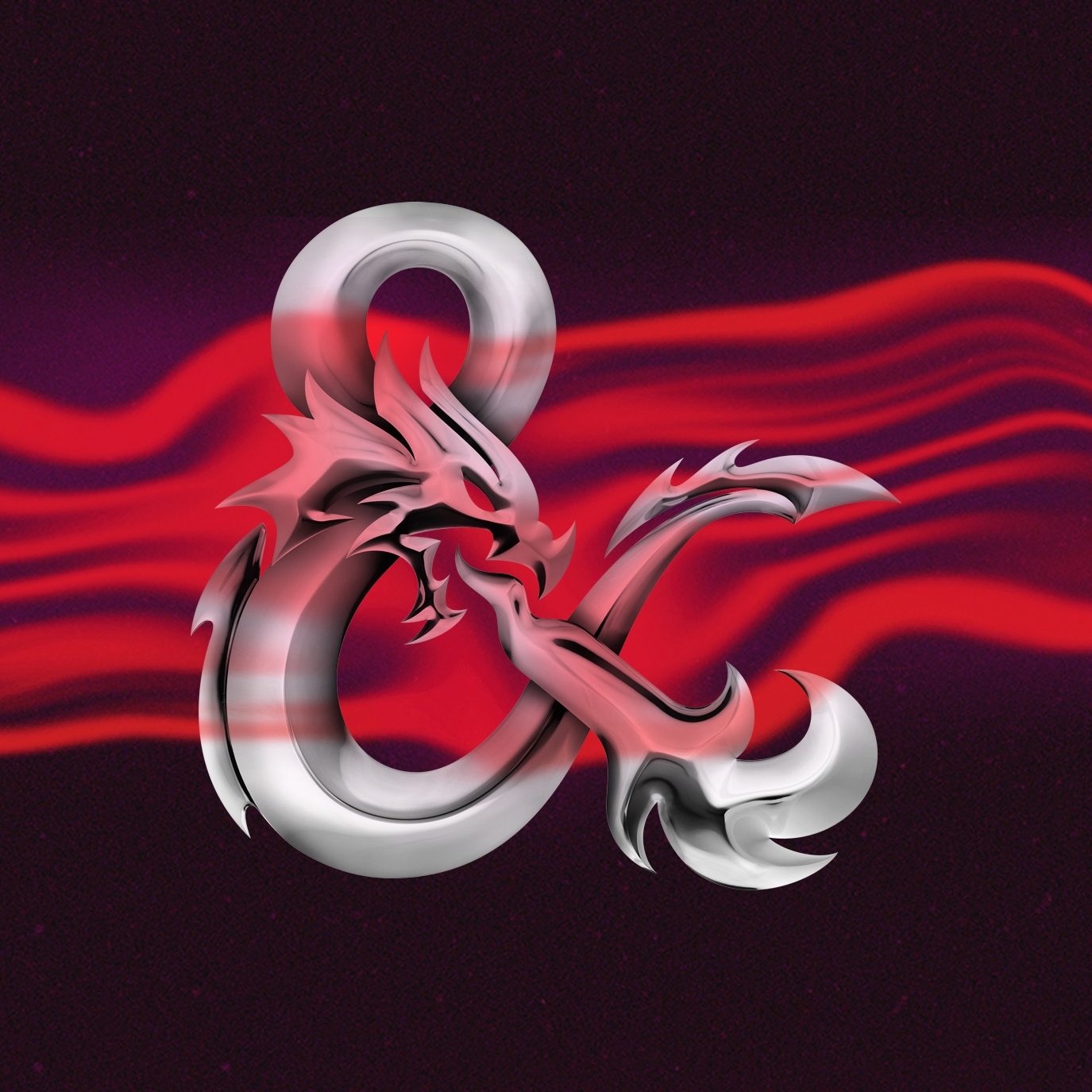As always, I’ve crossposted this over to the OneD&D subreddit in the link below. Feel free to upvote there to raise visibility.
https://www.reddit.com/r/onednd/comments/14ufvvq/is_the_dance_bard_all_that_good/
As part of preparing player characters on behalf of my less UA invested friends for a one-shot I’m running tomorrow, I made a Dance Bard. The player was excited to hear the concept, and I thought it was a really neat idea when I first read over it.
But the act of actually making it lead to a conclusion that this isn’t that great.
Yes, Charisma + Dex armor is neat, but since Shield + Light Armor would get you to the same level of AC, it isn’t an upgrade over the baseline Bard starting out. (For some reason I thought Bards got shield proficiency. This is still sub-par AC for anyone going into melee, especially without an on-turn disengage or shove) Later on when you can max out your Dex and Charisma to 20, it would be eventually higher AC, but full casters typically don’t want to put a lot of investment outside of their casting stat.
“Okay,” I thought to myself, “then let’s look at this as not a caster, but as a melee combatant who prioritizes Dexterity.” Well that’s not great either. You get to use your bonus action to cast a spell to help your attack damage, but that is limited to the 1d6/level Smite spells1, or Zephyr Strike. Shadow Blade isn’t on any spell list now either, and if it was it doesn’t bookend with any of these features anyhow so you can’t play it like a Bladesinger who is able to dump spell slots into single-target damage. But even if you did do this, that’s in direct competition to your free attack on a Bardic Inspiration.
The fact that this subclass doesn’t get a second attack at 5th or 6th level really torpedoes any sense that you’ll be getting that much out of their ‘bardic-martial-art’ die damage. Not even to mention they don’t get to pierce Bludgeoning/Piercing/Slashing resistance.
So what’s left?
A bard who can get an extra hit in if they’re next to an enemy when they inspire an ally, as well as use their reaction to reposition allies and get another hit in.2 This is the only reason to close to melee range on your own turn. The bard as a fullcaster would be better off using spellslots that don’t require being in melee range with their action, most of the time. What that effectively means is that you can use your attack action in lieu of a cantrip, so you get essentially 1 extra cantrip. In tier 2, they can boost their party’s initiative by an impressive amount.
That kit is flavorful, but it will be playing very much like a very normal Bard with some neat features. This feels like a faint shadow of what a Monk can do, not a replacement. Almost every Monk subclass has some way to avoid getting hit while darting in and out of combat3, while also having high movement speed. This Bard doesn’t do any of that.
Of anything that I mentioned, the repositioning of the ally and the initiative boosts are the best thing about this subclass. Everything else are ribbon abilities. If you think I’m off base, please feel free to let me know how. I’ll also be posting a followup after my playtest, but having just playtested a neat session with two monks, conceptually this doesn’t feel all that exciting.
edit: I just realized that taking Tavern Brawler at 1st level fixes this subclass’s (and Way of Mercy’s) problem with engaging in melee, and is actually quite powerful. Each time you hit someone with your unarmed strike, you can push them away. I think that it could be a mandatory feat on anyone who wants to really lean into the dance-fighting vibe of this class.
1 Altho Searing smite might be OP since you get two instances of the damage before the target gets to save and negate the burn. Which means its the best scaling Smite in the game, and exceeds what a Paladin with half-caster progression can achieve if the target fails its save once.
2 And note that Bardic Inspiration is tied to your Charisma modifier. So as resource hungry as the Monk is, this is worse.
3 Way of Mercy is the odd one out.


I don’t think you picked up that I playtested both, though.
The monks played okay, if rather awkward in my playtests of the rules. They should do more damage, but they were all suitably impactful in a fashion that this dance bard cannot replicate with the ribbon features it has been given.
The bard was just a bard with what is effectively a free melee attack cantrip that doesn’t scale with their casting stat. They do not step on the monk’s toes, because they were too busy casting shatter, fireball, and other uses of their magic action.
It’s flavorful and fun, but the impact of the dance bard is not on their level 3 features. It’s their level 6 features that give the class a tonne of impact.
And that level 6 feature alone is a slap in the face to Monk players.